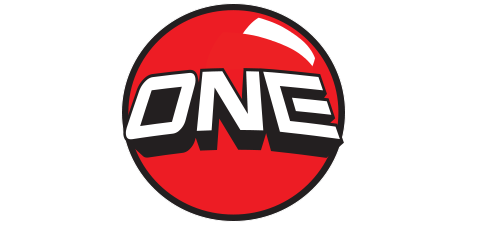
Traditional Hot Waxing Snowboards and Skis
Rule # 1 You can never wax enough! The more you wax the faster you will be and your equipment will glide effortless under your feet.
Waxing Benefits:
- Faster
- Higher
- Further
- Equipment last longer
Different kinds of wax for different waxing applications
Various Alpine snowboard and ski waxes come in hard blocks, which are melted on the base with an iron. Rub-on waxes, paste wax, and liquid waxes are alternatives to hot waxing, but there is no substitute for a good hot wax. Hot waxing is by far the best method to maximize your performance.
Steps to prepare for a wax job
- Prep & equipment
- What wax to use
- How to wax
- How to scrape
- How to brush

Prepare your workspace Equipment list
- Strong rubber bands or straps Hold the ski brakes away from the base
- A proper vise Anything will work when in a pinch
- Ground cover Keep your waxing and scraping area clean
Wax-related materials needed
ALWAYS CLEAN YOUR BASE BEFORE YOU HOT WAX IT. IF DIRT AND ROCKS GET TRAPPED UNDER YOUR HOT IRON, YOU WILL SCRATCH YOUR BASE WITH THE IRON BADLY.
Types of Waxes
All-Temperature Ski and Snowboard Wax
All-Temperature / Universal Wax is designed to work in most temperature and/or snow conditions. This is a good choice to use if:
- If you want to keep it simple
- Not racing
- Traveling
- You don’t know the snow temperature

Temperature Specific Waxes
Snow Condition Specific Wax
These waxes are better because they help go FASTER all the way around. You will need to wax for the correct snow surface temperature, however. More on that in another article.

Make sure your base and edges are free of the following:
- Dirt, rocks, grease
- Edge burrs, nicks
- Base gouges
- Metal filings

Hot Waxing Specific Iron
Use a Snowboard/Skiing Hot Waxing Specific iron! Clothing irons are not designed to have hot wax inside of them and can overheat. Hot waxing specific irons have a thick soleplate to keep the heat even. A wax specific iron has a lower maximum temperature, making it easier to avoid damaging your base.
Waxing Iron The adjustable temperature allows you to dial in the heat to match your wax. Included with your iron is a 65g bar of all-temperature/cool 4WD snowboard wax. Rated 110 Volts

How to wax snowboards/skis
Secure your equipment
- Use some bench clamps. If not available, make use of some wood blocks or boxes to keep your equipment flat and stable.
- Use rubber bands or straps to pull the ski brakes out of your way to the iron so the iron will not hit the brakes.
- Dry and clean base.
- Begin dripping wax onto the base.
- Hold the hot iron upright.
- Press the wax to the iron. Drip small drops of wax all over the entire base.
- Smooth out to cover the base completely.

Dry and clean base. Adjust the iron temperature so the wax is melting, but the iron is not smoking. Hold the hot iron upright. Press the wax to the iron. Drip small drops of wax all over the entire base.
Smooth out all the drips on the base with the iron to cover the base completely. Make a “sheet” of thin wax to cover the entire surface. Slowly pull the iron with a little pressure over the wax. Heat up the wax to a liquid and warm up the base.

Take your time and spend 10 minutes or more. Do not allow the iron and wax to smoke. (Use the temperature adjustment knob to find the best temperature for your wax) The Iron is hot. Use Caution. Keep children and Pets away.
Scraping Snowboards/Skis
Use a sharp plastic scraper to remove all the wax from the base. Work from the tip of the board/ski to the tail. You can pull or push the scraper edge on the wax towards the tail. Angle the scraper in the direction of travel. Don’t forget to scrape your edges and sidewalls. Get the base smooth and not looking like fish scales.

Wax Brushing Snowboards/Skis
Brushing is very important in the final step of the waxing process. Brushes remove excess wax from the base to allow the base to glide effortlessly.
There are many ways to brush and several brushes can be used. We will keep this fairly simple in this article.
Roto Brush is very fast and easy to use device. Attaches to your drill and polishes the board like a ninja.

Horse Hair Brush is the best to use most of the time. It requires more elbow grease, but the finish is superior to a nylon brush.


Brass Brush is primarily used for removing old wax and base material. A brass brush can be used to apply a deeper structure in the wax and base.

Start brushing from tip to tail. Keep brushing the base in short strokes until the brush isn’t pulling wax up anymore. Clean the wax off the brush on a square edge and continue brushing. Spraying with water helps cut down static charges. When the base looks smooth and oily you’re ready to roll!


